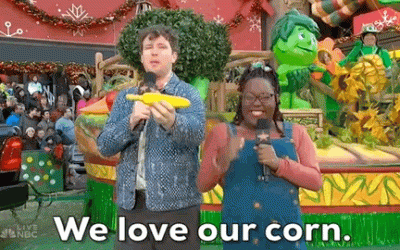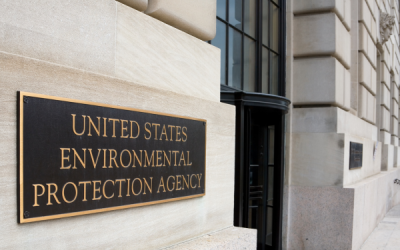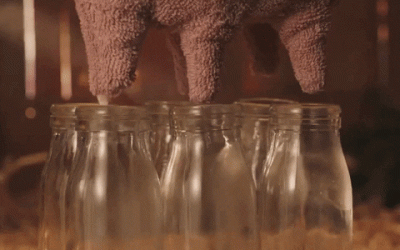Labor Day came and went, which means fall is here—or what some may call the second summer, with heat still sticking around.
And that’s causing many to sweat—mainly corn. “Corn sweat” has recently amplified high temperatures and humidity in the Midwest. Evapotranspiration occurs in late summer, leading to a stickier feeling in the air.
Evapo-what-now? Evapotranspiration is when maturing corn releases moisture late in the growing season.
Corn sweat is common in major corn production areas such as Nebraska, Iowa, Minnesota, North Dakota, South Dakota, Wisconsin, and Illinois. Sweating corn releases about 3K to 4K gallons of water per day per acre during peak evapotranspiration season in July and August.
That Field of Dreams sounds like more of a Field of Steams.
Viral phenomenon: Corn is not the only plant that undergoes this natural process, but it gets the most attention toward the end of August. It also makes it difficult to scroll social media without stumbling across a post about corn sweat.
Chill out: Aside from the occasional warmups, typical for September, humidity from crops will begin to cool ahead of the fall harvest.
However, we likely won’t hear the end of it come next year, especially when corn sweat becomes a talking point around climate change.
Short Corn Packs a Punch
Dynamite comes in small packages—which can be true with new seed technology. What’s...
Congress to EPA: What’s Your BEEF with Meat Packers?
The Environmental Protection Agency (EPA) is considering new regulations that take aim at meat and poultry processors.
And some members of Congress have a BEEF with the EPA’s proposals.
The proposed rules: In late January, the EPA released the details of its proposed “Clean Water Effluent Limitations Guidelines and Standards for the Meat and Poultry Products Point source category.”
Huh?
Basically, the EPA formally published its proposals to combat wastewater contaminants that come from slaughterhouses.
Okay… that makes more sense.
At the heart of the rules proposal is a concern from environmental groups about nitrogen and phosphorus pollutants that originate from slaughterhouses. In some cases, the wastewater goes directly into waterways. In other cases, the water goes to municipal wastewater treatment facilities.
But not everyone is on board with the EPA’s suggestions…
Congress responds: Last week, two U.S. representatives—Eric Burlison (MO) and Ron Estes (KS)—pushed back against the EPA and introduced the “Banning EPA’s Encroachment of Facilities (BEEF) Act.” If passed and signed by President Biden, the law would prohibit the EPA from finalizing, implementing, or enforcing the rule.
According to the lawmakers, the proposed rules place undue burden on small processors—costs that can be absorbed by larger companies.
Soundbite: “The… proposed regulation isn’t just an attack on family-run small businesses, it’s an attack on rural communities,” said Burlison. “These meat and poultry processors are the lifeblood of our communities. The BEEF Act… lets these hardworking Americans do what they do best, produce safe, affordable food for our families.”
University of Illinois Makes Big Mooves in Milk Production
Pump it up: Scientists led by Matt Wheeler at the University of Illinois Urbana-Champaign are...




